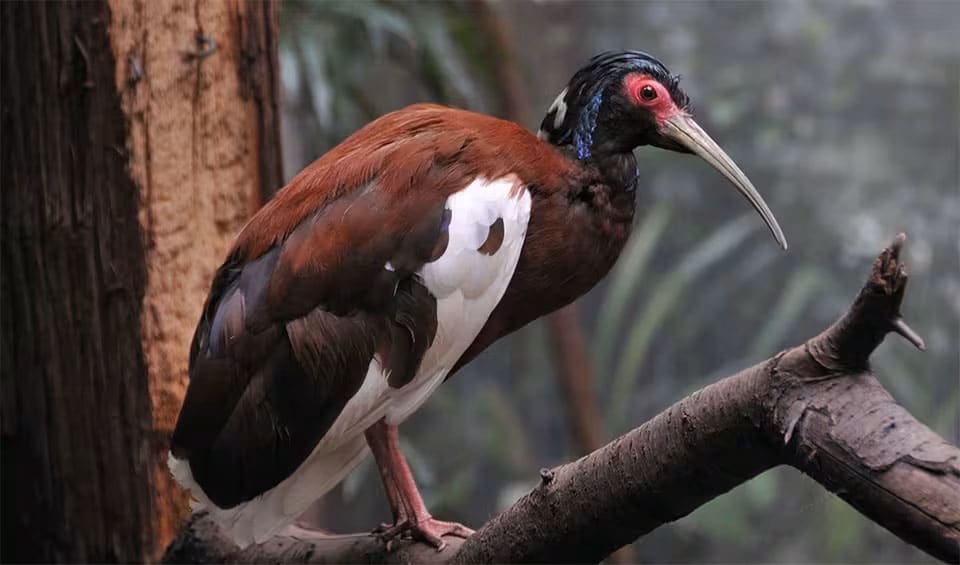Threskiornithidae – Ibises & spoonbills
Their beaks are no less than a swiss army knife
Threskiornithidae comprises two distinct groups: the ibises and the spoonbills. These are large, long-legged wading birds with a global distribution, absent only from the polar regions. They are most commonly found in a variety of wetland habitats, including marshes, swamps, and the margins of lakes and rivers. Some species also inhabit savannas and flooded woodlands, highlighting their adaptability to different environments.
The most distinguishing characteristic of Threskiornithidae is their bills. Ibises have long, down-curved bills, which they use to probe into soft mud and under plants in search of food. Spoonbills, on the other hand, are named for their unique spoon-shaped bills, which they swing from side to side in shallow water to catch prey. These specialized bills are not only tools for feeding but are also a testament to the diverse evolutionary paths within the family.
Their diet is varied and opportunistic, consisting mainly of invertebrates such as insects, crustaceans, and mollusks, as well as small vertebrates like frogs, newts, and small fish. This varied diet helps them to thrive in different environments and plays an important role in the food web, as they help control populations of their prey species.
Nesting habits within the Threskiornithidae family are also diverse. Many species are colonial nesters, building their nests in large groups in trees or bushes close to water, providing safety in numbers from predators. Others may choose more solitary nesting sites on cliffs or in other secluded areas. Regardless of location, both male and female ibises and spoonbills build the nest, incubate the eggs, and care for the young. This shared parenting responsibility ensures a higher survival rate for the offspring.
Genera in this family
Gold panners might have taken inspiration from these birds
The ibises are beautiful birds found in warmer regions near water bodies
Their feathers often look dull in the shade but sparkle with metallic greens and purples in sunlight
The most widespread of all ibises
This small genus contains a bird that can serve as a traffic red traffic signal!
Known for their bald head and neck, which is where they get their name
The only ibis species that is endemic to the island of Madagascar
One of the most endangered birds in the world and once thought to be extinct in the wild
Sometimes called the “Whispering Ibis”—not because it whispers, but because it’s so quiet and elusive compared to other ibises










